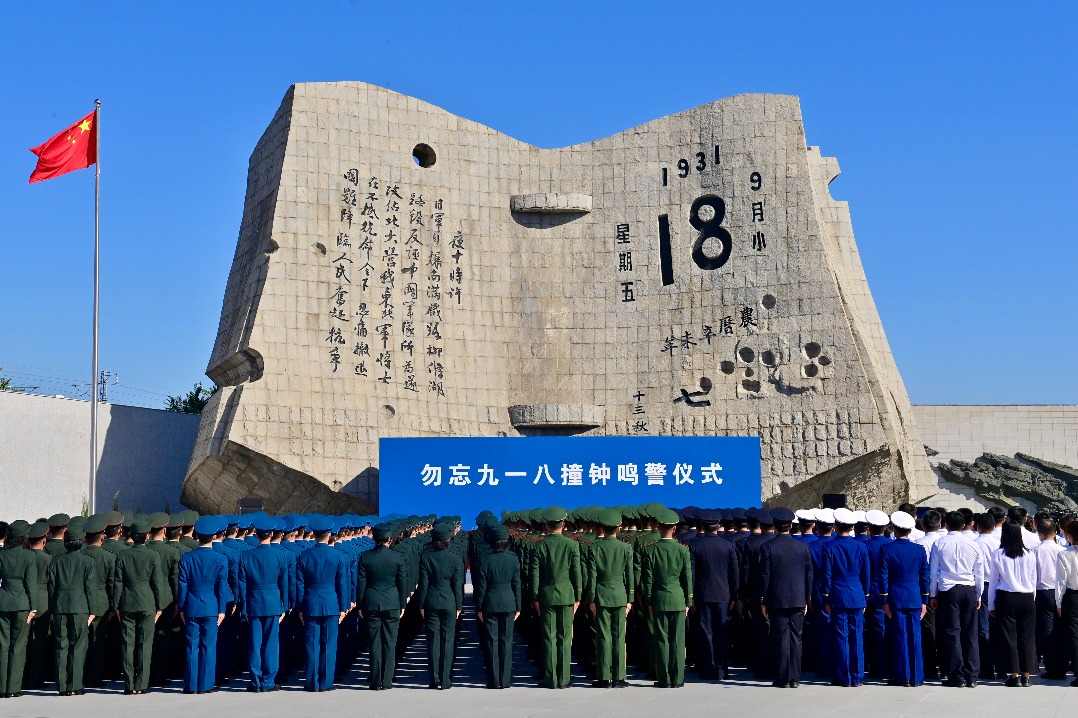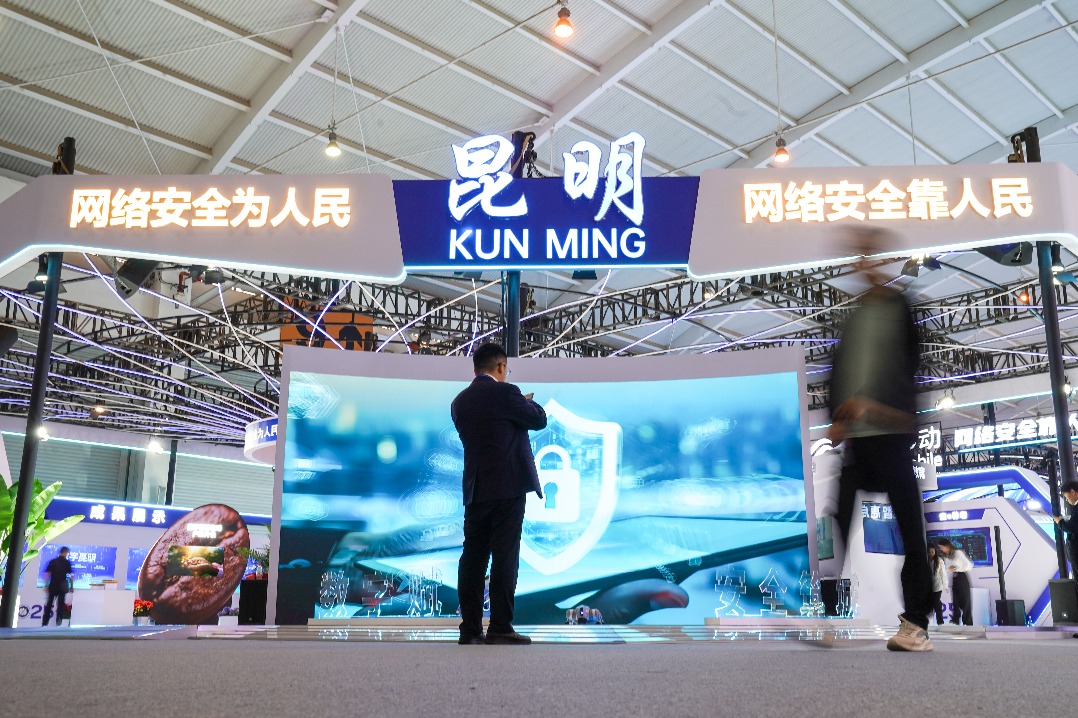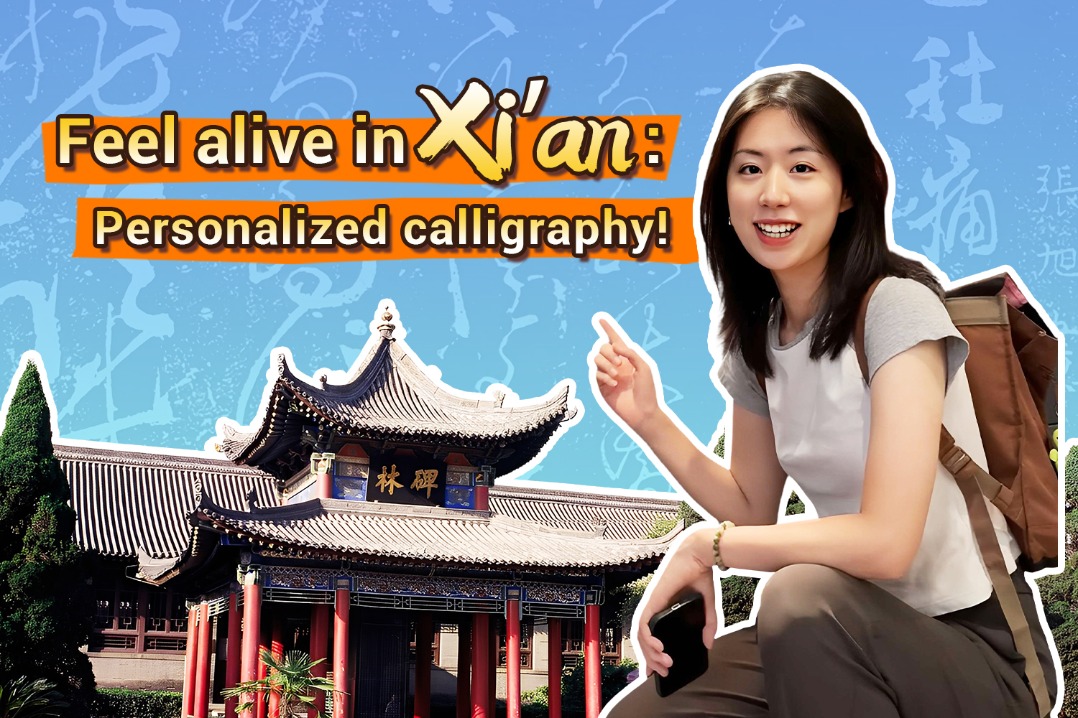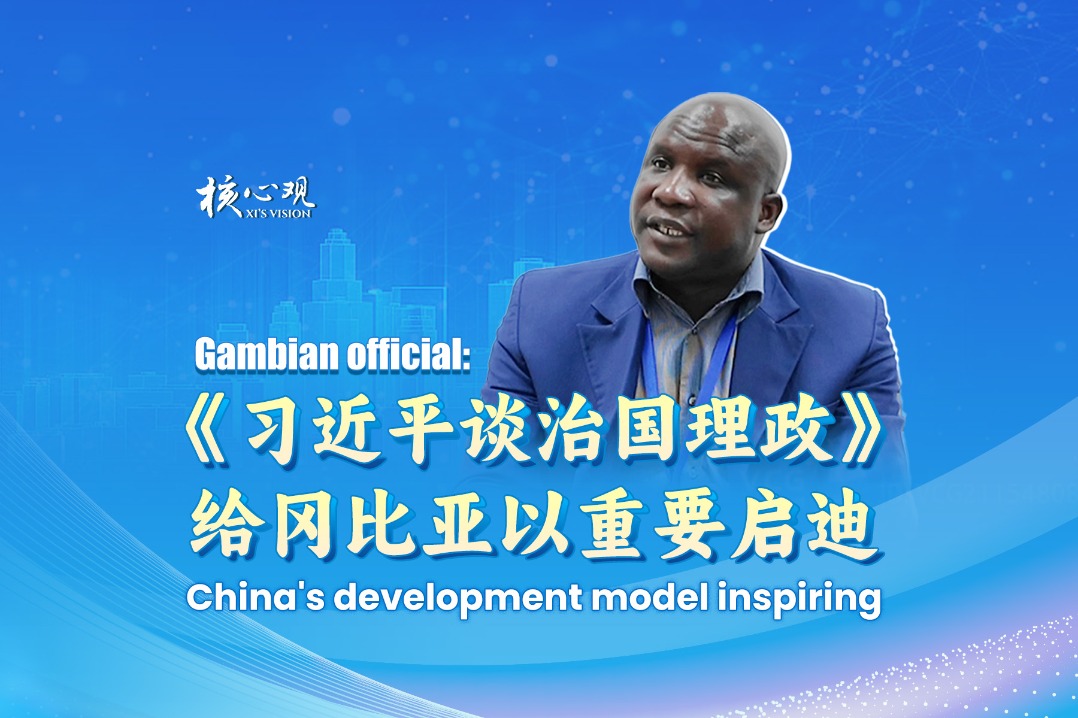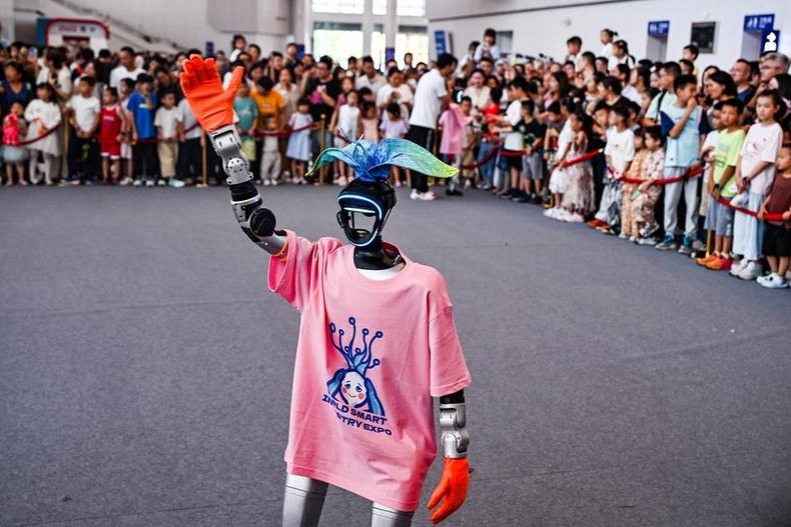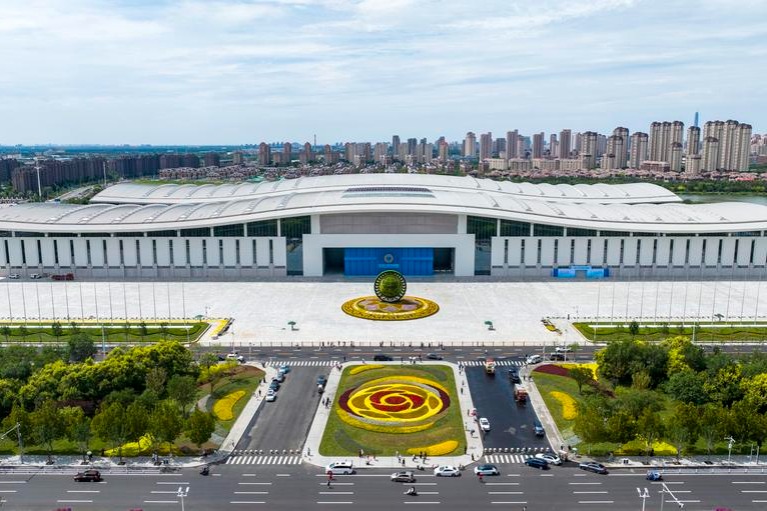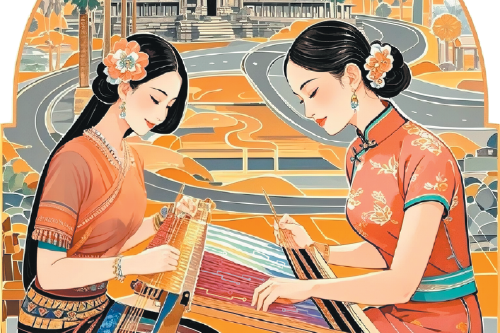China's education reforms and strive for innovation

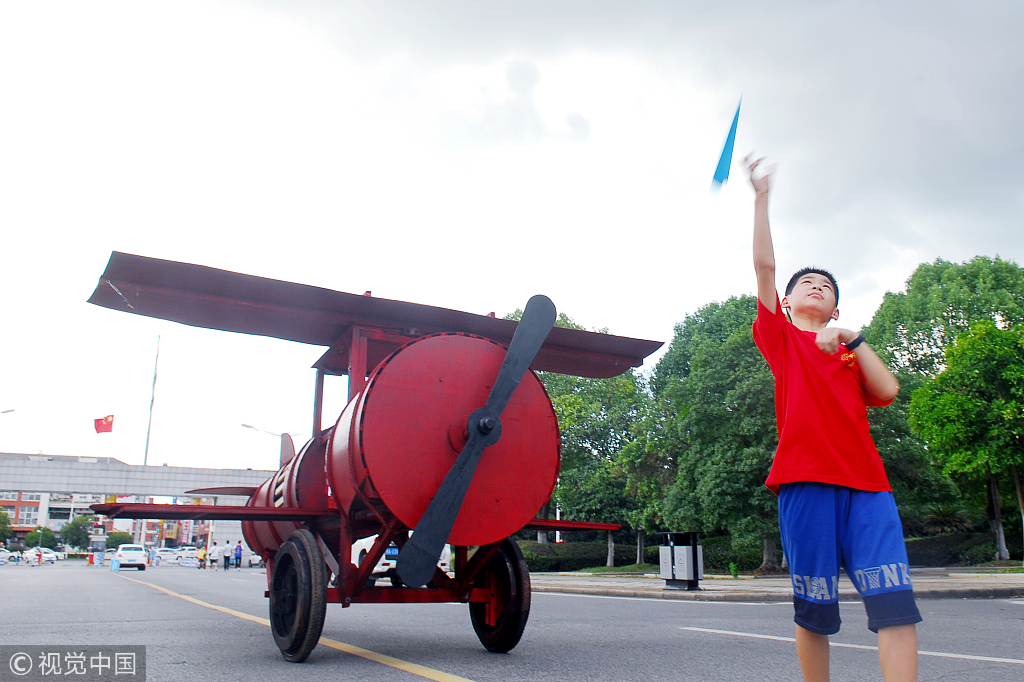
Over the past 40 years, countless photographs have captured the unforgettable milestones of China's reform and opening-up efforts. Some are regarded today as national treasures; others are on display in old family photo albums on the shelves of our homes. Since late Chinese leader Deng Xiaoping in 1977 resumed the national college entrance exams and led the country's economic reforms. Leaders of the Communist Party of China understood that education is the foundation of the Four Modernizations – the goal set by Deng to upgrade agriculture, industry, science and technology, and national defense.
He advanced the Four Modernizations to better position China's future, placing a strong emphasis on profitable achievements. The agrarian economy had been the reason why the Chinese education system featured degrees in limited sectors, but the reforms toward an industrial society dynamically influenced occupations across the board. It enriched and diversified Chinese culture, fueling social desire for change, and offering a strong footing for China's rise on the global stage.
In their quest to build a flawless education system, both the Eastern and Western worlds have fumbled to find the right direction but failed in the process. Successive US administrations tried to fix their schools for decades but with little hope of entering the club of global elite academic institutions. For instance, before the former US president George W. Bush signed to the No Child Left Behind Act into law. The American students felt that they were being pushed into graduation through an outdated system. That the system didn’t take into account the amount of education the individual had previously received.
May 1985 was a watershed moment for China, heralding a new era of educational reforms, characterized by unswerving commitment from the country's leadership. The Central Committee of the Communist Party of China unveiled an overhaul to the educational structure, introducing compulsory education for children until the age of 15, and establishing the State Education Commission, the forerunner of the Ministry of Education. The commission was tasked with transforming the country's education standards to meet the goals of a China undergoing a continuous modernization process.
Progress has undoubtedly been made in China's reforms to its education system, but more work is needed. As we celebrate the 40th anniversary of the Chinese economic reform, it is necessary to reflect on why students today are seen as lacking a creative edge. The Four Great Inventions of Ancient China, namely the compass, gunpowder, papermaking and printing, are significant triumph in the development of civilizations around the world. But modern times have not seen any such formidable contrivances.
China trailed behind neighboring Asian countries in the 2018 Global Innovation Index, ranking 17th for its capacity for innovation. Perhaps the Ministry of Education should consider having school clubs and organizations for all high school students. US teachers begin creative pedagogy in preschools. Early learners could experience a variety of organizations with different message or government-supported projects. Youngsters who start early tend to perform better in interpersonal relationships and can better imagine ideas, create and innovate concepts in the fields of science and technology. By the time they begin their university life, joining students unions won't feel like an uncharted territory for them. This kind of changeover is not going be simple. Yet the suggestion presented here will indefinitely benefit generations of students to come.
The short supply of young talented creative thinkers is not the central dilemma. Nevertheless to perfectively maintain a balance between traditional learning methods and new alternative ways will be a great challenge for China's educational institution. With time, some problems will be solved, others will persist and new ones will emerge. In today's fast-paced life, it's good to pause and take a quiet moment to reflect on our issues – maybe in a moment of clarity, we'd realize that we're close to solving whatever is puzzling us. One day will come when someone asks me: how far is China's education system from being a world-leading example of quality? I will proudly answer that we are just around the corner.
The author is a spokenologist at Shenyang Normal University and the founder of Spokenology Teachers’ Association. The article reflects the author’s opinion, and not necessarily the views of China Daily and chinadaily.com.cn.
















